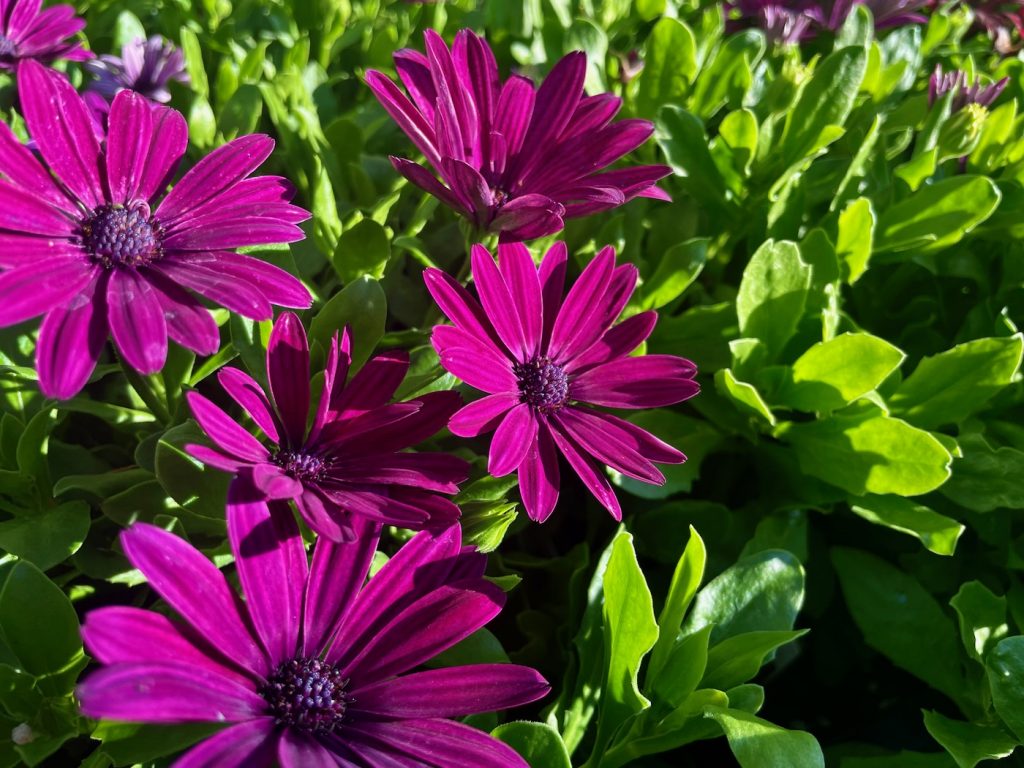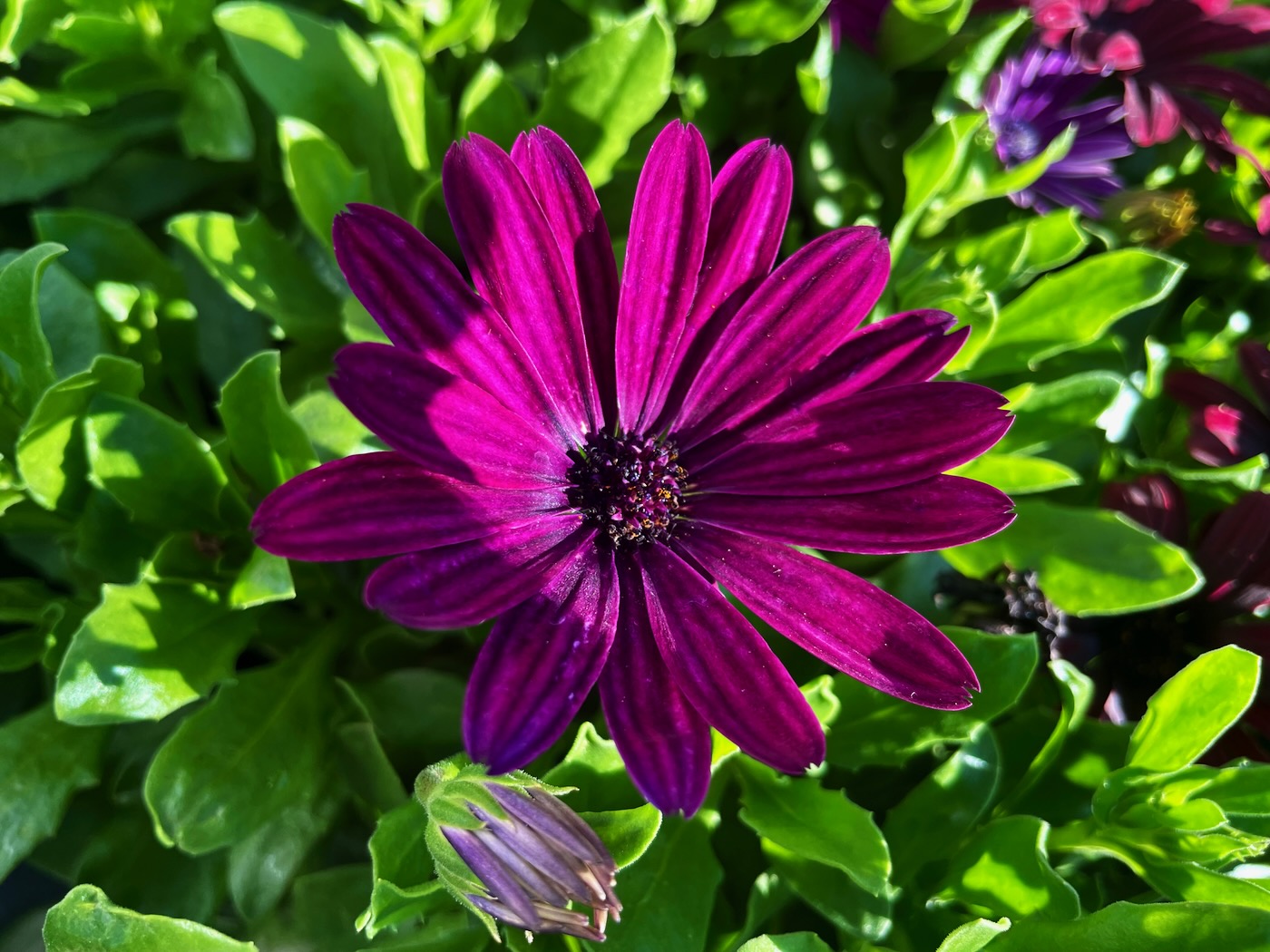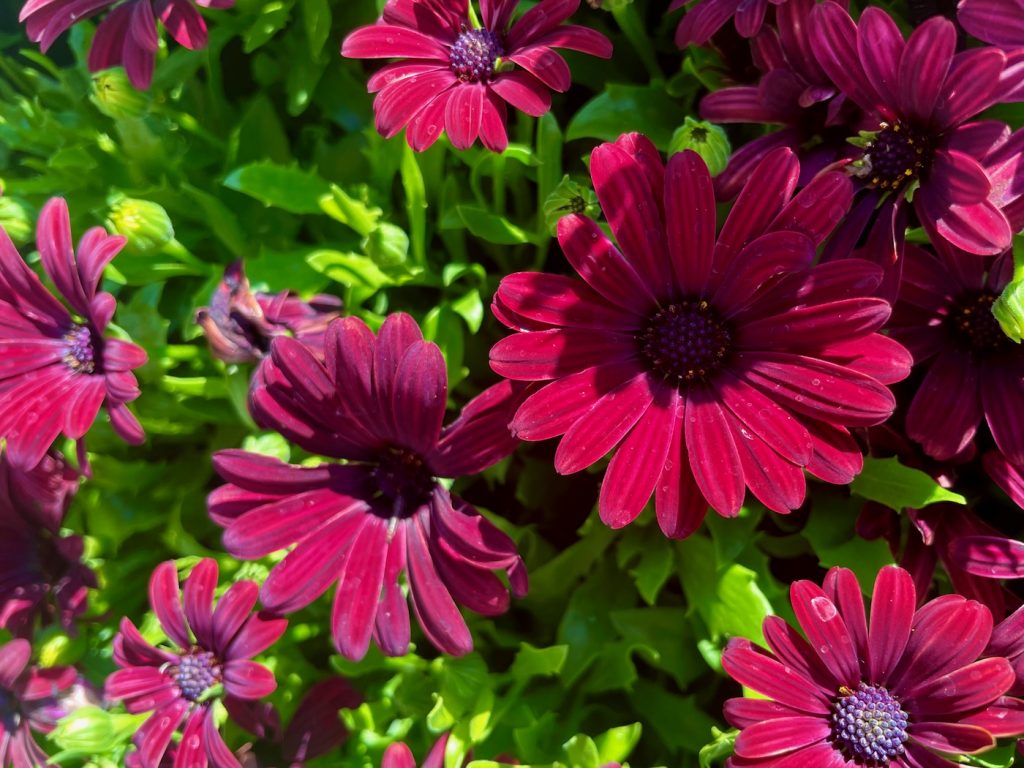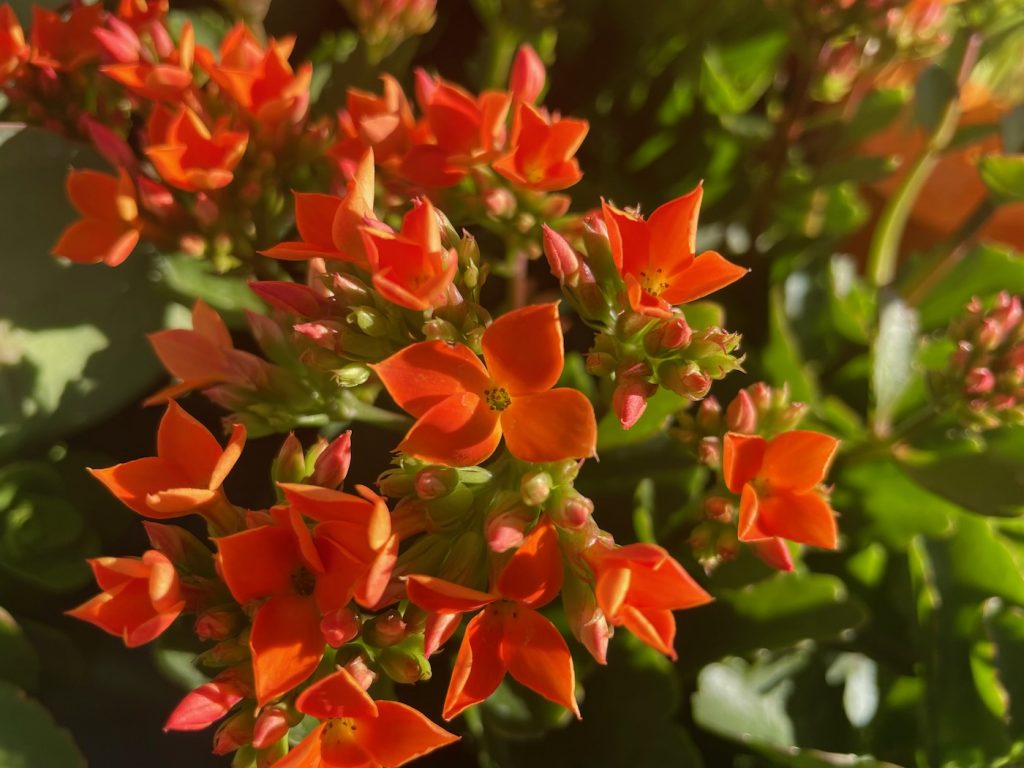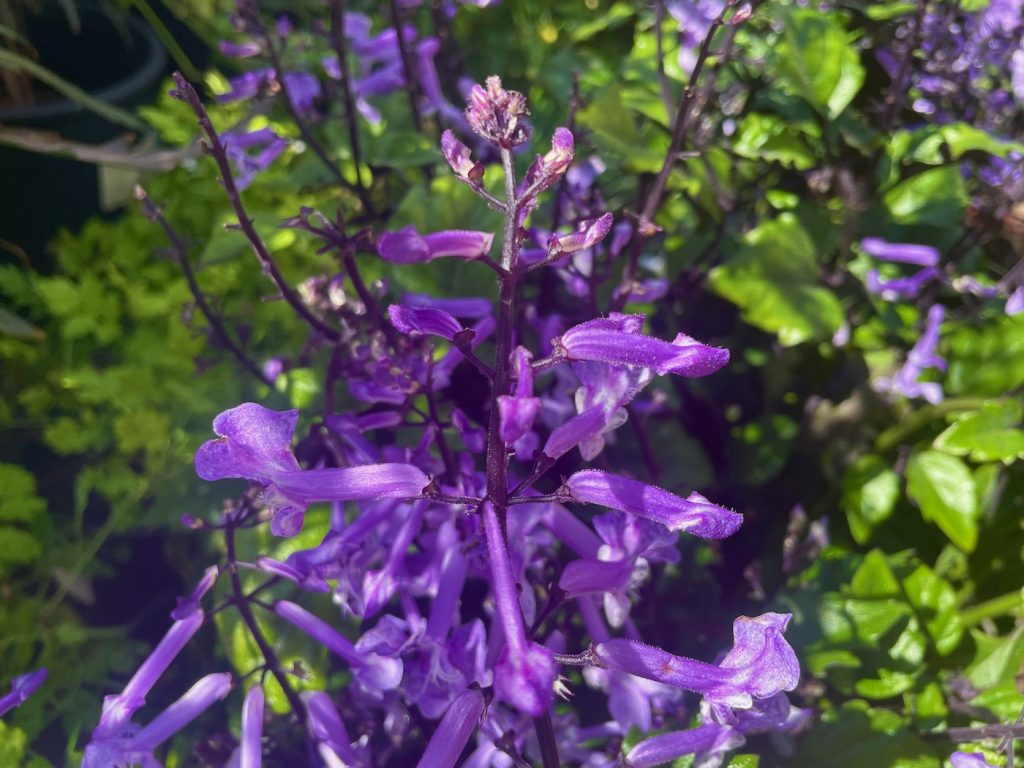Osteospermum ‘Serenity Dark Purple’ – The Stunning African Daisy
Background: Osteospermum ecklonis ‘Serenity Dark Purple’ or Serenity™ Dark Purple Osteospermum is scientifically known as Osteospermum ecklonis, ‘KLEOE23096,’ and commonly referred to as the African Daisy, the ‘Serenity Dark Purple‘ cultivar of Osteospermum is a delightful addition to any garden. It belongs to the Asteraceae family, known for its diverse members, including asters, daisies, and sunflowers.
With a hardiness degree down to 32°F (0.0°C), this African Daisy blooms in spring, late spring, summer, autumn, and late summer, providing a long-lasting display of its striking deep purple and multi-color flowers. Its outstanding characteristics include its ability to attract butterflies and hummingbirds, along with being deer-resistant, drought-tolerant, and rabbit-resistant.
Description: Osteospermum ‘Serenity Dark Purple’ is a splendid member of the daisy family, known for its unique flower type and captivating foliage. What sets it apart from the rest are its brilliant shades of light to dark purple, and as the flowers fully open, they reveal a deep purple center, offering a multi-color display that is sure to delight any garden enthusiast. These perennials thrive in our climate zone, returning year after year, making them an easy-to-care-for choice for containers, beds, borders, and anywhere you wish to enjoy their stunning beauty. In addition to their visual appeal, these African Daisies also attract pollinators and butterflies while remaining resistant to deer.
Cultivation of Osteospermum ‘Serenity Dark Purple’:
Light: Ideally, Osteospermum ‘Serenity Dark Purple’ thrives in full sun, and the more sunlight they receive, the more prolific their blooms.
Soil and Water: These daisies prefer evenly moist, well-drained soils. However, it’s crucial to avoid overwatering, as excessively wet soil can stress or even harm the plants. Once established, they exhibit good tolerance to drought conditions.
Fertilizer: Enhance the soil with a balanced fertilizer in the spring before planting your Osteospermum. During the summer, apply a liquid fertilizer every two weeks to keep these daisies blooming and looking their best. Regular fertilization, coupled with the removal of spent blooms, ensures a healthy and vibrant display.
Pest and Problems: One common pest to be cautious of when cultivating Osteospermum is thrips. These tiny insects feed on the flowers’ pollen and can damage buds and distort new growth. However, many beneficial insects are active during the growing season and can help keep these pests in check.
How to Propagate Osteospermum:
Osteospermums are often hybrids, making it challenging to grow them true to form from seeds. Instead, consider taking cuttings from existing plants to ensure precise duplicates. Select non-flowering shoots, cut them to about 3 to 5 inches in length, remove leaves from the lower half of the cuttings, and dip them in a rooting hormone. Plant them in a well-draining medium for successful rooting.
For those who don’t mind a bit of unpredictability, you can try propagating from seeds. Sprinkle fresh seeds on top of planting medium indoors in late fall. These seeds require ample light for germination, so keep them well-lit but cool, as they cannot tolerate excessive heat. Once the seedlings reach about 3 inches in height, transfer them to individual pots. Wait until after the last frost in spring to move them outdoors for a remarkable display of Osteospermum ‘Serenity Dark Purple.’
This comprehensive format provides all the essential information you need to cultivate and appreciate the beauty of Osteospermum ecklonis ‘Serenity Dark Purple.’ If you have any additional questions or specific details you’d like to include, please feel free to ask.
